Bonarda Vivace exhibited characteristics of a broad a style of wine that I have really enjoyed when I’ve encountered in Italy over the years: lighter in body and alcohol, a refreshing tartness, low tannins and enough fruit for my palate. Very moderate prices, too. The seven or so Bonarda Vivaces on the wine list at an acclaimed old-line trattoria ranged from €13 to €16. Easy to consume a sufficient amount around the meal without worrying too much about the effects, on the head or in the wallet.
As much wine that I consume, as much Italian wine that I shop for and consume, Bonarda Vivace wine about which I was unfamiliar as it doesn’t appear to be exported to the United States. I recently had a fully still version at 13 Celsius, a wine that is a little bigger and more structured and less of a quaffer. And that might be the only one I’ve encountered on a wine list here. And I also get the impression Bonarda Vivace does not take much in the way of wine list space even in the big metropolis of Milan, just thirty to forty miles distant, and a perusal of a few lists seem to confirm that. Just from their province of Lombardy, these have to compete with excellent Nebbiolo-based wines from Valtellina and then the great wines from Piedmont aren’t even 100 miles. Even among the wineries of Oltrepo Pavese, Pinot Nero, Pinot Noir, is considered the better varietal. And it is. Their sparkling wines grab more attention, too.
But I found these wines to be very easy-drinking, helped with its effervescence and welcome acidity, light tannins and some nice fruit – often red currants, plums and sour cherries – judicious in typical Italian fashion and tempered with some earthiness or underbrush. These are food wines, tasting better with food, as most Italian wines do. These are wines that are not great, at least the dozen or so I sampled, but more than good enough. No Bonarda Vivace received the coveted Tre Bicchiere in a very recent Gambero Rosso wine guide I have, though about fifteen received the two-glass designation, the next level down. In different guises, it’s been simple well-made Chianti, a surprisingly light on the palate Aglianico, or the lighter Dolcettos and Barberas and Valpolicellas of more than decade ago before the warming globe helped to pump up the alcohol content.
Part of the difficulty for consumers with Bonarda Vivace – after the fact that Americans can’t get them – is that there are the two Bonardas, the Vivace, which will almost always have “Frizzante” on the back label – the fuller, still one that I mentioned above. These Bonarda wines are made with 100% Croatina. Sometimes wineries will bottle the grape as Croatina. And then there is Bonarda made in neighboring Piedmont. It is a different grape, as is the Bonarda made in Argentina and California. It is confusing, even more than most Italian wines, a difficult thing to achieve.
I believe that it’s certainly worth sampling, but you almost have to go to source to do so. Another reason to visit Pavia, a place that I quite enjoyed.


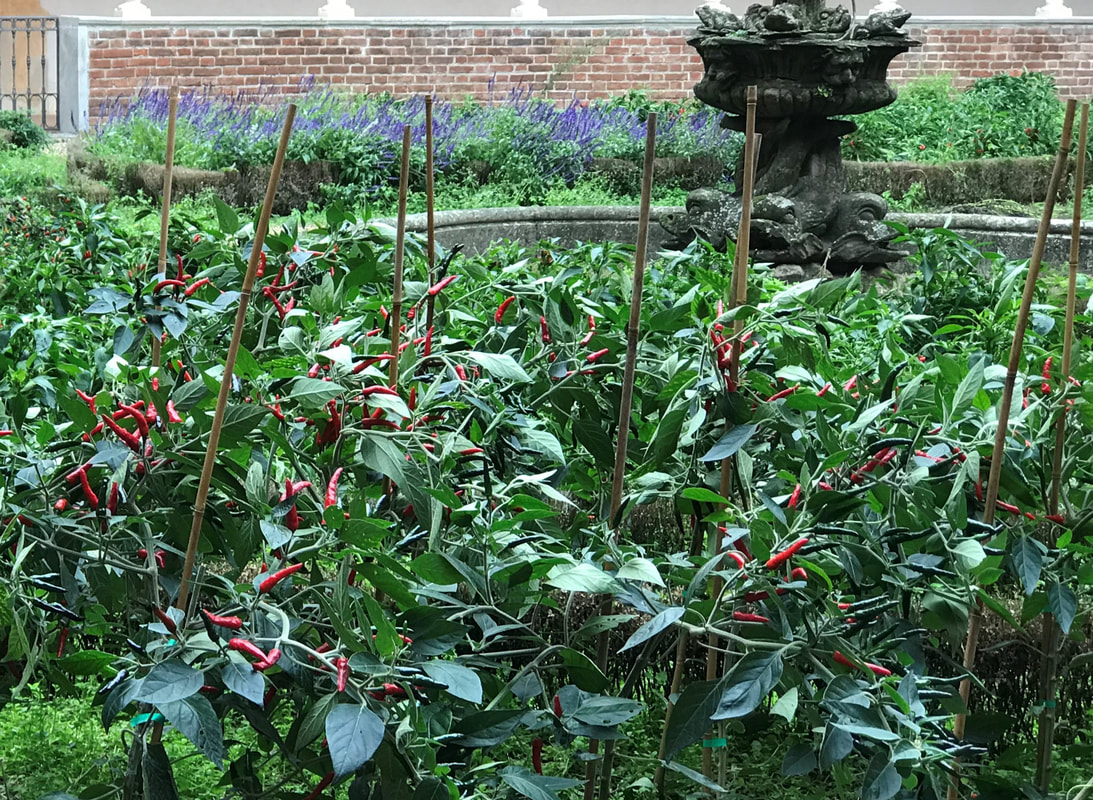
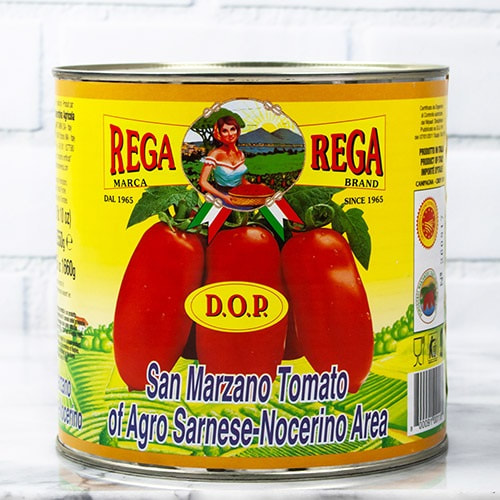
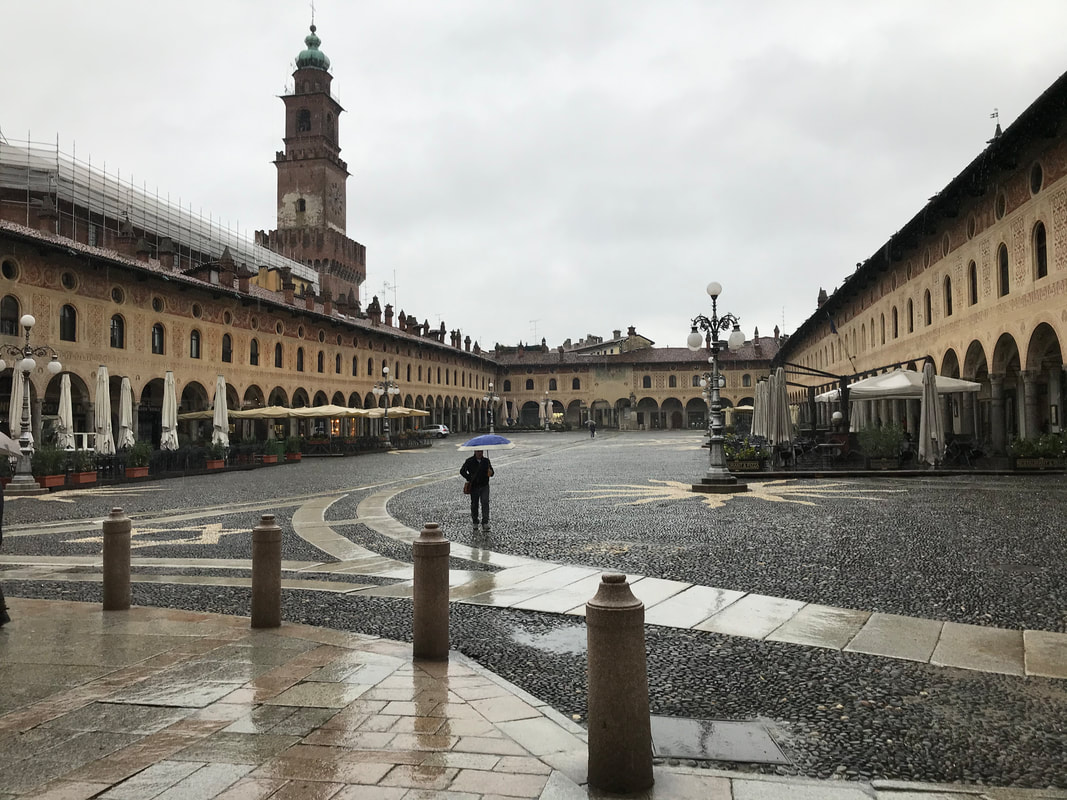




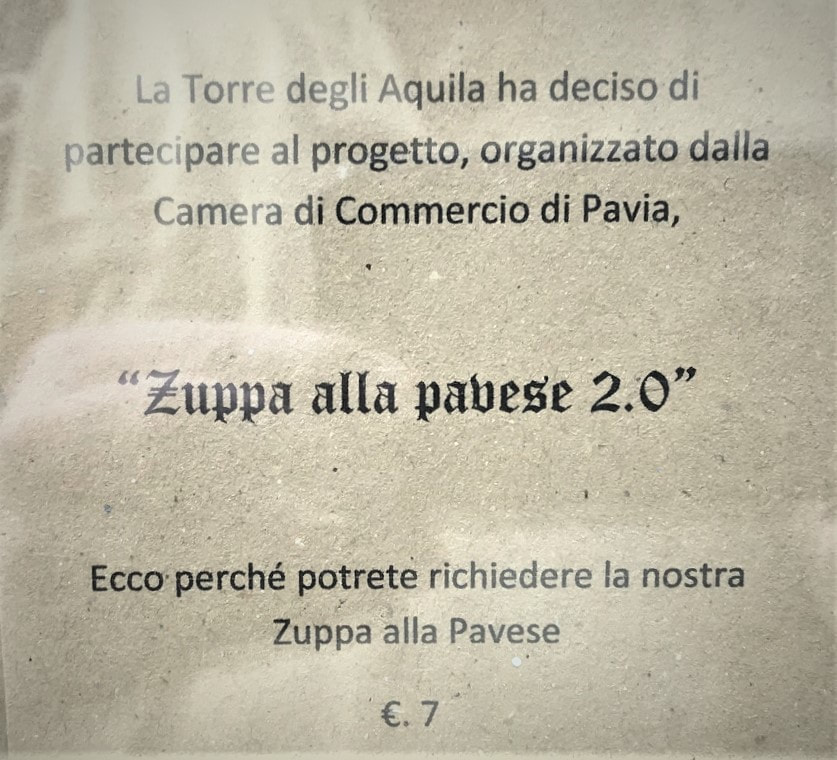

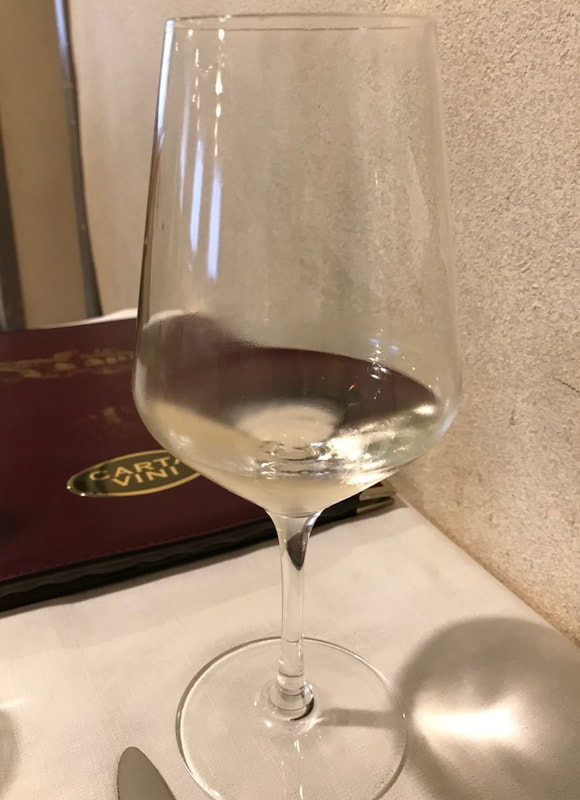
 RSS Feed
RSS Feed

